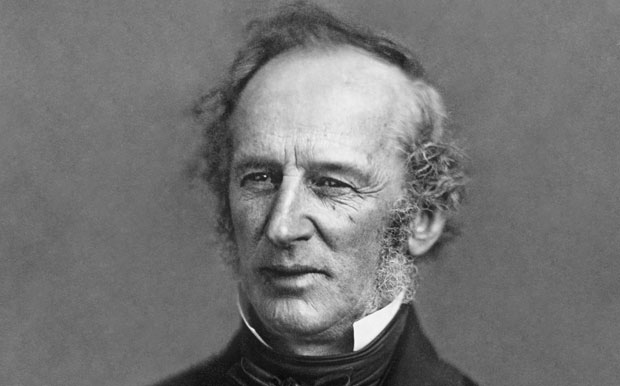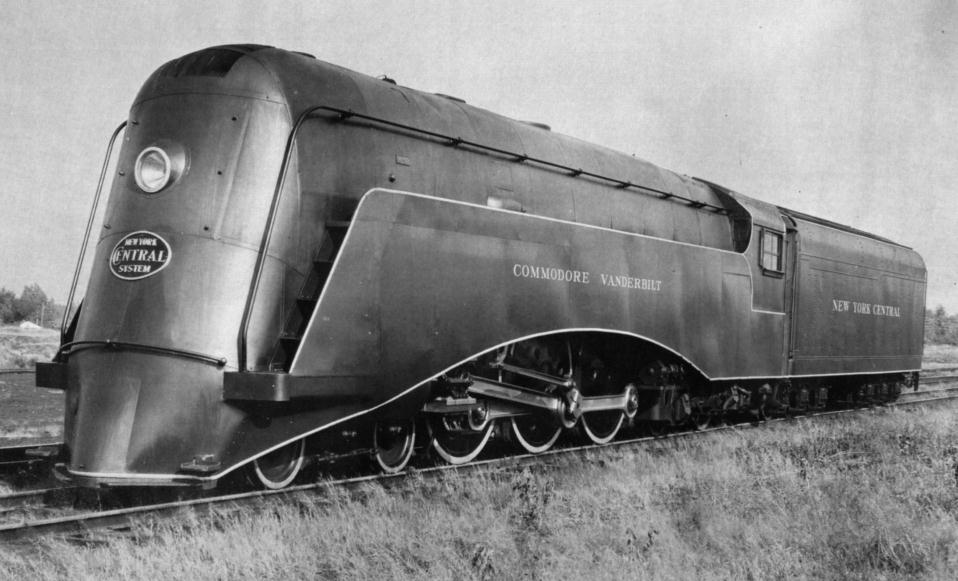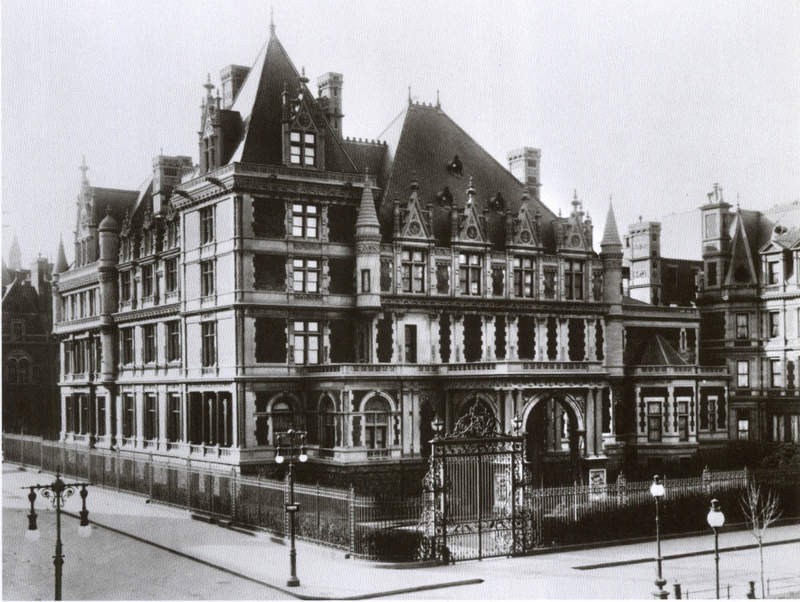Over the course of history people rise and people fall. Generally, there is a cyclical process to those in charge. For some elite, however, success seems to come naturally and it is only after years of triumph and celebration that things abruptly come crashing to a halt. It was the case for the Vanderbilt family, who built their own wealth from nothing. One of the most prosperous families of the Gilded age, the Vanderbilts seemed to have it all until, all of a sudden, everything they knew came to a grinding halt.
The wealth of the Vanderbilt family goes back a long time, believed to have its origins with Cornelius Vanderbilt. Leaving school at the ripe age of 11, the young Cornelius is said to have borrowed a sum of $100 from his mother to buy a boat of his own. Flash forward 11 years and the former schoolboy had a fleet of 100 steamboats in his name, earning himself the nickname “Commodore”. The ships were placed in some of the most prosperous parts of America’s ports, taking in a huge sum of New York’s shipped commerce. For the Commodore, however, the shipping industry simply wasn’t enough. Soon after the Civil War, he expanded the family name into the railroad industry, gaining a monopoly on the trains coming in and out of New York.
After the Commodore’s death, the majority of his fortune went to his two sons, despite his misgivings about their capabilities. His daughters, however, barely got a look in on the riches that their father had gained, each being left less than a million dollars each. Over the course of the next generation, the Commodore’s nest egg had been doubled in value, thanks to the hard work of his eldest child William.
It was only after the death of William in 1899 that things began to take a downward turn for the Vanderbilts. The fortune amassed over the years was left in the hands of William’s sons, Cornelius Vanderbilt I and William Kissam Vanderbilt who, in their unique ways, did away with huge chunks of the money. William Kissam Vanderbilt might have been responsible for a large part of the damage, after having marrying Alva Erskine Smith. A socialite and social climber, Alva was more than a little fond of a party and together, the two had an incredibly lavish lifestyle.
Rather than focusing on the expansion of their business, William Kissam Vanderbilt gave in to the whims of his wife, blowing huge sums on parties and lavish palaces. Over the course of their lives, the couple bought up a total of 10 mansions on Fifth Avenue in Manhattan, while other of their family members used their own inheritance to focus on their own builds. Slowly but surely, the Vanderbilt fortune was being dwindled away.
By the time the 1920s rolled around, new federal taxes began to take a toll on the family’s wealth. During the Depression, properties were sold off and torn down in an attempt to gain back any of the lost riches. Over the years, the expansion of the family and the upping of taxes took a huge chunk out of what the family was worth. Now, the Vanderbilts are still recognized in high society, but there is nothing like the kind of trust funds that were once put in place.




